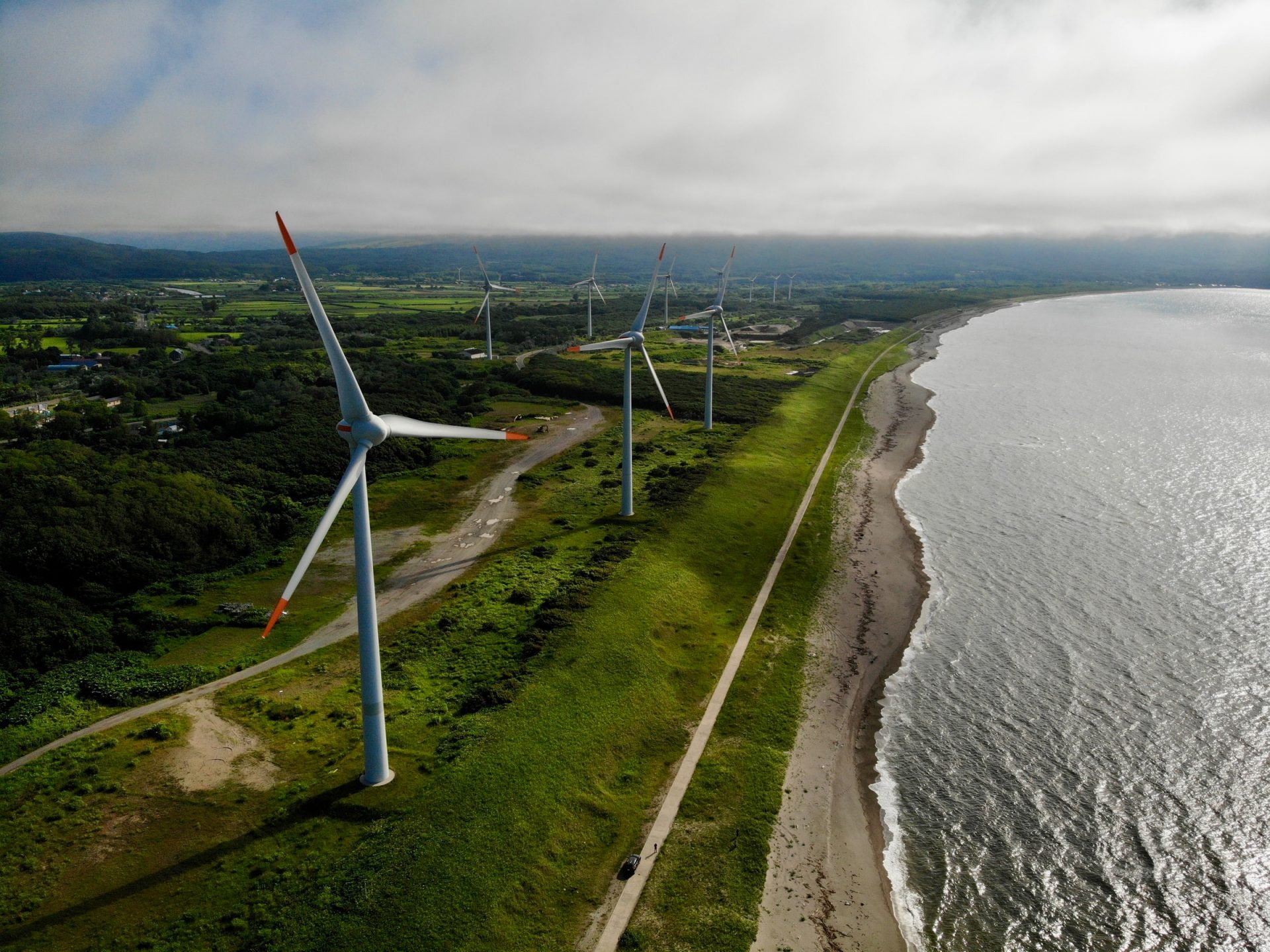
Stephan Clambaneva, Board Member
"Designing for circularity"
"A circular, systems-thinking approach can create beautiful products"
Decades of global human activity and the expanding greenhouse effect coupled by the global pandemic and social movements have created an unprecedented interconnected trifecta that needs to be addressed with more urgency than ever. Design and holistic systems thinking can be the driving force for change. As the developers of products and services used by billions of people around the world, industrial designers hold a crucial position: one that demands we look for ways in which their work can ignite social, cultural, and institutional change. By leveraging resources, processes, and a collective voice, designers can establish new ways of thinking and methodologies for brands, companies, across departments and corporate settings that, in turn, can help to ensure the ongoing health of our planet and its precious resources.
Three topics presentation covers:
- Sustainable Strategy: Attendees will uncover the top-down considerations needed to define a Sustainable, Circular Design, or Zero Waste company-wide initiative. Actualising these opportunities can lead to much-needed cultural development at your company and sustainable business model paradigm shifts, ensuring a strong triple bottom line!
- Sustainable Process: Explore materiality, environmentally-conscious manufacturing processes, eco-design toolkits, guides, and technology that you can take with you and apply in your company for Sustainability, Circular Design, or Zero Waste.
- Sustainable Product Experience: Learn from a comprehensive showcase of real examples of sustainable products that skilfully blur the boundaries between singular product and connected experience.
Knowledge and competencies delivered:
- Uncover the top-down considerations needed to define a Sustainable, Circular Design, or Zero Waste company-wide initiative.
- Discover the implications of the proposed Green New Deal (GND) on the business of design and decide which of the United Nations’ 17 Sustainability Development Goals (UNSDGs) you or your company should focus on.
- Learn about directives such as REACH, RoHS, WEEE, ELV, Well, GreenStar, and LEED; and how, through cross-pollination, these and other cradle-to-cradle strategies could be grouped together and leveraged in your industry. Actualizing these opportunities can lead to much-needed cultural development at your company and sustainable business model paradigm shifts, ensuring a strong triple bottom line!
- When you dive into the process of sustainability it must be broken out into different levels of content around materiality, environmentally-conscious manufacturing processes, eco-design toolkits, guides, and technology that you can take with you and apply in your company for Sustainability, Circular Design, or Zero Waste.
These first-hand knowledge needs will empower the attendees find out for example where to get access to the latest sustainable materials, bioplastics and mycelium, and their latest industrial applications, Lifecycle Assessment software tools and how to use them. As we are living in the Age of the Experience, we can no longer design in isolation. The product, the service, and the experience have to be green!
Expect to hear inspiring eco-design success stories where sustainability is no longer just a design constraint, closed loop customer journeys that will inspire you to apply holistic design to brand product lines, and case studies that prove that a circular, systems-thinking approach can create beautiful products.
As a designer, seeing is believing!


